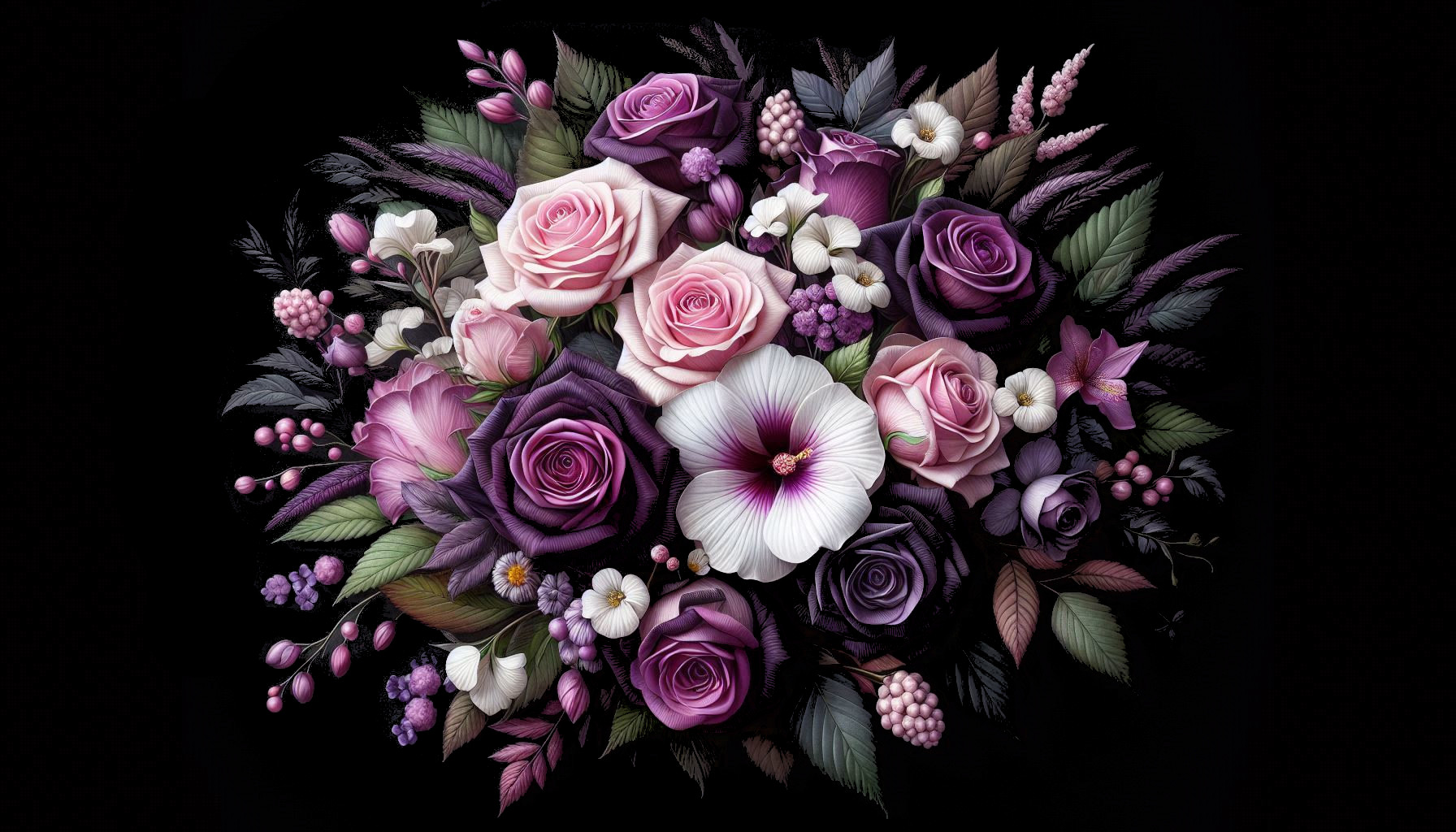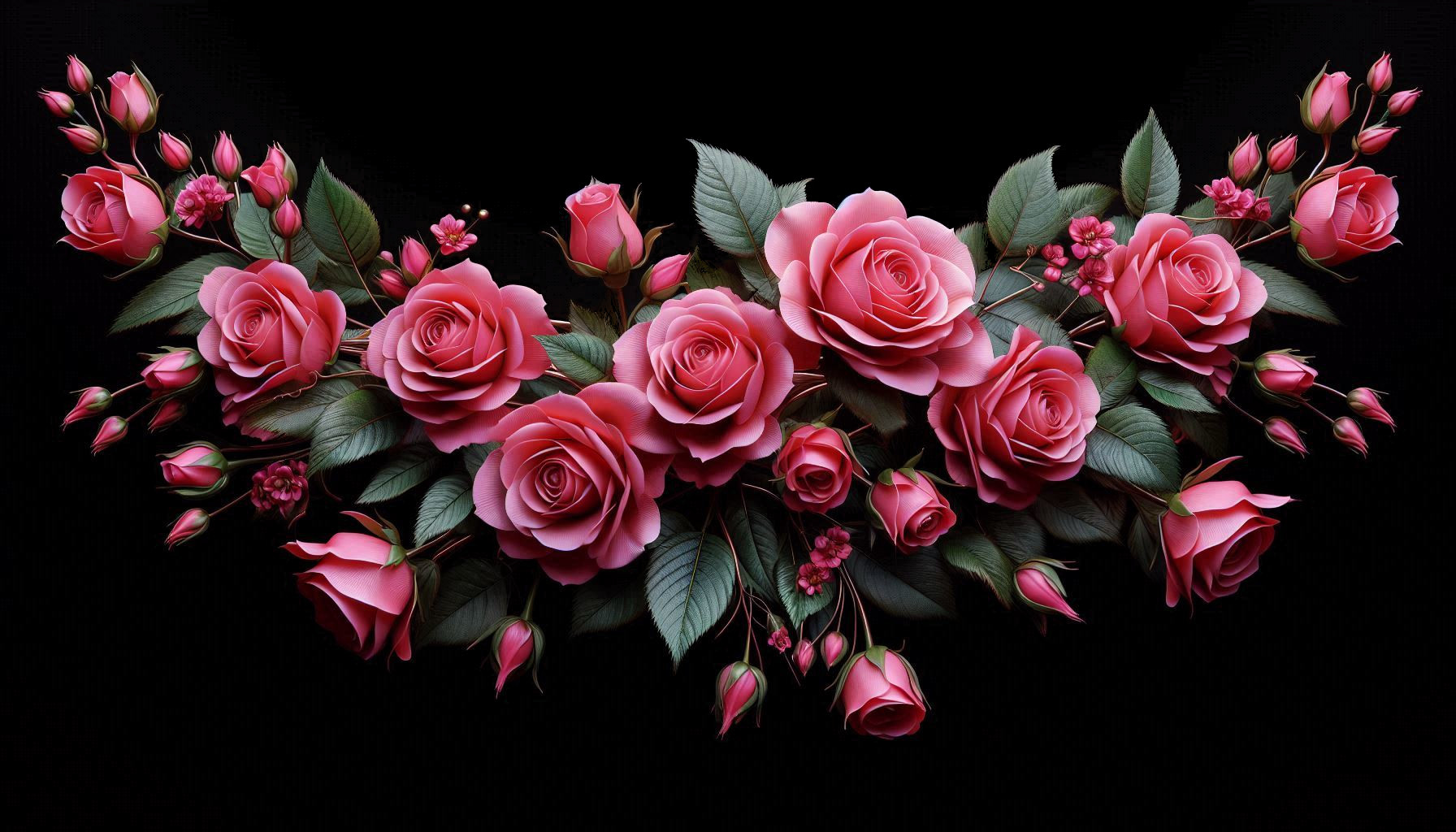The Bouquet: Difference between revisions
No edit summary |
No edit summary |
||
| Line 165: | Line 165: | ||
<li>[[#header|Home]]</li> | <li>[[#header|Home]]</li> | ||
<li>[[#about|About]]</li> | <li>[[#about|About]]</li> | ||
<li>[[# | <li>[[#hangouts|Hangouts]]</li> | ||
<li>[[#projects|Projects]]</li> | <li>[[#projects|Projects]]</li> | ||
<li>[[#board|Board]]</li> | <li>[[#board|Board]]</li> | ||
| Line 176: | Line 176: | ||
<div class="section-label">About</div> | <div class="section-label">About</div> | ||
The Bouquet came together within recent nights. Mr. LeSerafin and Mrs. Walsh met on their first night in Los Angeles by coincidence, and shortly after they met Mrs. Rigney at a social event. Sharing a newness to the city and to unlife (as an aside - Mrs. Rigney is more a veteran of the night than the other two), plus a shared predilection for what one could call ‘Typically Toreador Pursuits’, they decided to form a coterie together. While not all Roses and not all of the Tower, they are loyal to each other and care very little for such distinctions. | |||
</div> | </div> | ||
<div class="banner-image">[[File: CoteriePurpleRoses.jpg]]</div> | <div class="banner-image">[[File: CoteriePurpleRoses.jpg]]</div> | ||
<div id=" | <div id="hangouts" class="hangouts"> | ||
<div class="section-label"> | <div class="section-label">Hangouts</div> | ||
The members of the Bouquet can be found individually or as a group frequenting the vigorous bars and clubs in Los Angeles, counting on their skills of carousing and seduction to keep themselves in good health and fitness. | |||
</div> | </div> | ||
<div id="projects"> | <div id="projects"> | ||
<div class="section-label">Projects</div> | <div class="section-label">Projects</div> | ||
To meet and network with as many invigorating and upcoming members of the city as they can. Indeed, even non-kindred have their uses! | |||
</div> | </div> | ||
| Line 238: | Line 228: | ||
<ul> | <ul> | ||
<li>''' | <li>'''Kindred:''' While not politically-minded as a group, each member has many useful skills that other kindred may find most convenient. Befriend one of them and you befriend them all.</li> | ||
<li>''' | <li>'''Mortals:''' Delicious, nutricious, and they make such great company!</li> | ||
<li>''' | <li>'''Other Spheres:''' Of course we would never *knowing* seek to break the masquerade, but if no one shares their secrets, is there truly any harm done with just a kiss? | ||
</ul> | </ul> | ||
</div> | </div> | ||
| Line 250: | Line 239: | ||
<div class="gallery-container"> | <div class="gallery-container"> | ||
<ul> | <ul> | ||
<li> | <li>Coming Soon</li> | ||
</ul> | </ul> | ||
</div> | </div> | ||
Revision as of 23:01, 10 April 2025
The Bouquet came together within recent nights. Mr. LeSerafin and Mrs. Walsh met on their first night in Los Angeles by coincidence, and shortly after they met Mrs. Rigney at a social event. Sharing a newness to the city and to unlife (as an aside - Mrs. Rigney is more a veteran of the night than the other two), plus a shared predilection for what one could call ‘Typically Toreador Pursuits’, they decided to form a coterie together. While not all Roses and not all of the Tower, they are loyal to each other and care very little for such distinctions.
The members of the Bouquet can be found individually or as a group frequenting the vigorous bars and clubs in Los Angeles, counting on their skills of carousing and seduction to keep themselves in good health and fitness.
To meet and network with as many invigorating and upcoming members of the city as they can. Indeed, even non-kindred have their uses!
- Kindred: While not politically-minded as a group, each member has many useful skills that other kindred may find most convenient. Befriend one of them and you befriend them all.
- Mortals: Delicious, nutricious, and they make such great company!
- Other Spheres: Of course we would never *knowing* seek to break the masquerade, but if no one shares their secrets, is there truly any harm done with just a kiss?
- Coming Soon






